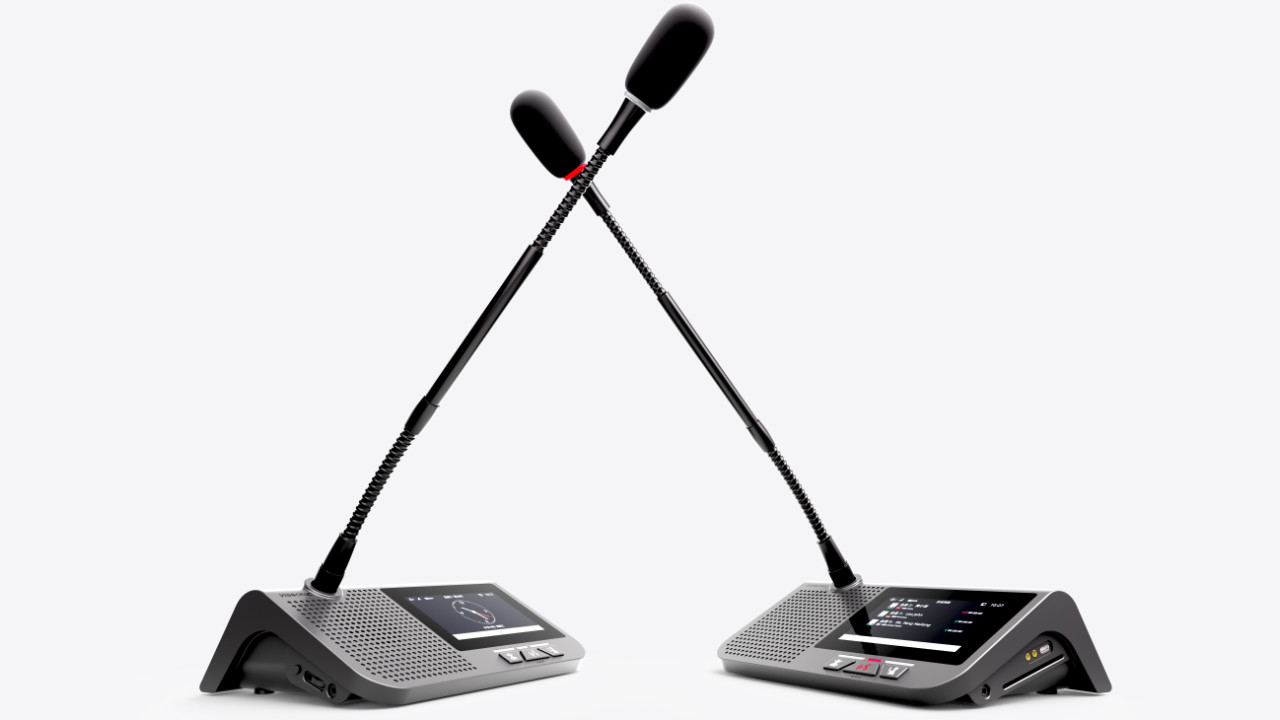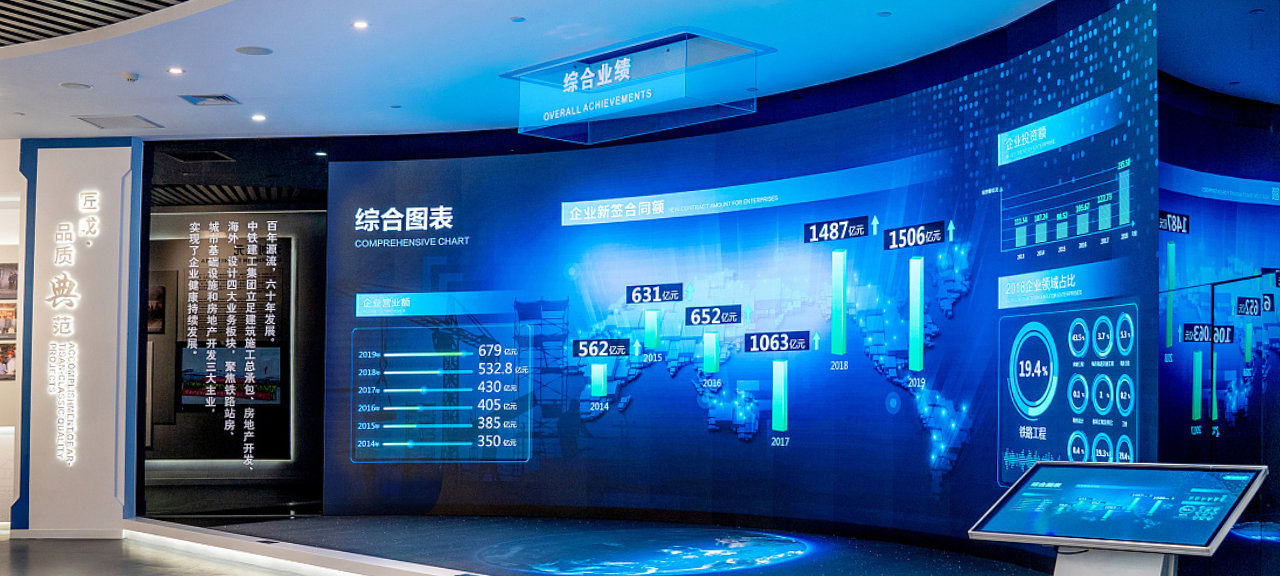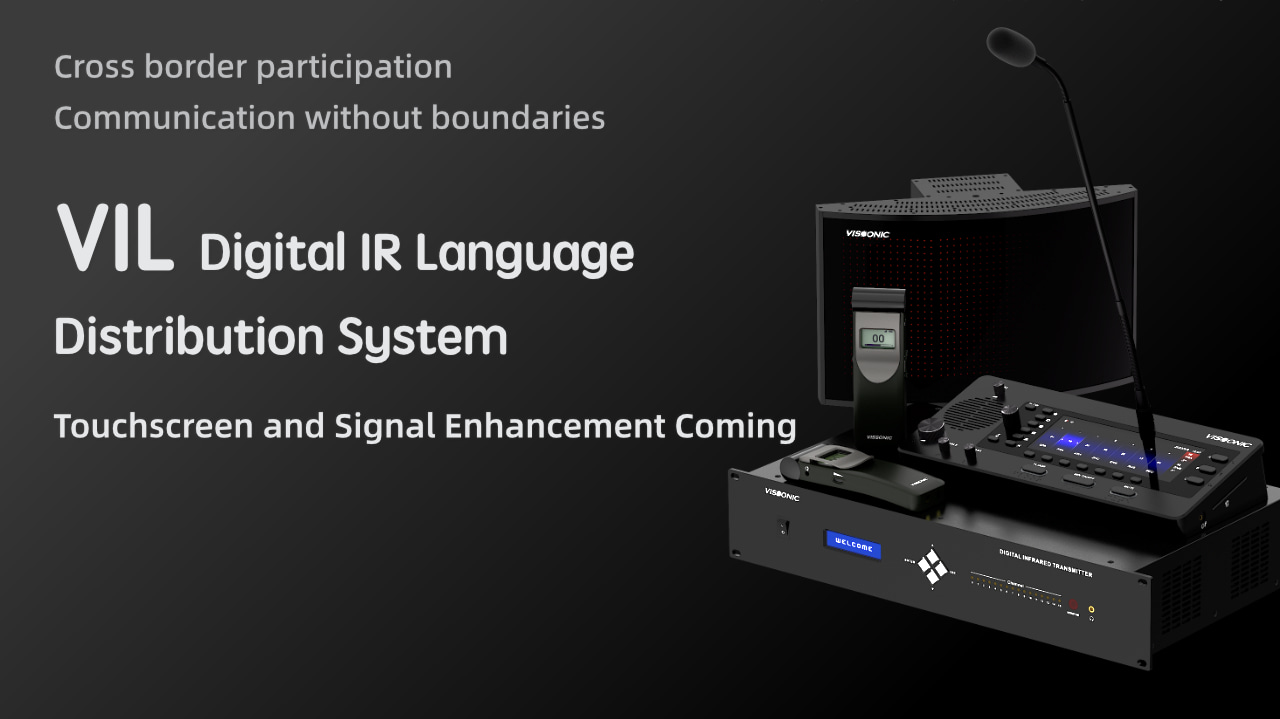Why Choose A Line Array Loudspeaker System?
If you're in the market for a new PA system, you've probably noticed the emerging category of consumer line array loudspeakers from various companies. What makes these speakers suitable (or not) for a given venue or live performance situation? Let's take a look.
Sound dispersion
Line array systems have been used for large (arena or stadium sized) touring shows for decades. The reason for this is that a line array system is the best way to get clear sound throughout a venue. This is for several different reasons.
One aspect of line array systems that makes them so efficient is the shape of the dispersed sound. Point source (non-line array) speakers project sound in a spherical shape, radiating in all directions from the speakers. But your audience doesn't usually surround the speaker from all directions - the audience is usually more or less in front of the speaker.
Line array systems project sound in a shape much closer to a cylinder. This greatly reduces the amount of sound energy projected vertically (to the ceiling and floor). With a line array system, you can use power wisely, projecting sound more directly to your ears, rather than across the room.
Technical basis
In the ceiling, there is usually enough space. However, as distances can be greater, a single or several classic in-ceiling microphones quickly reach their limits, especially with larger speaker groups - especially when their position in the room changes. To solve this problem in an elegant, high sound quality and visually unobtrusive way, there is the option of using one - or, depending on the size of the room, several - array microphones. These microphones are usually located in the ceiling, but sometimes in the middle of a conference table. They consist of a number of individual microphone capsules whose signals are aggregated via a digital signal processor (DSP).
In this process, it is possible to influence the recording direction of the array through targeted matrixing. This allows the array microphones to align their axes with the person speaking, even if they are moving through space.
Efficiency
In a large, reverberant room, you have to crank your speakers up to get clear, intelligible audio at the back of the room. But doing so will eventually make the reverberant field in the room even more exciting, which can lead to muddy, fuzzy audio that is difficult to hear.
With cylindrical diffusion patterns, the sound energy decreases at a slower rate as the distance increases. This means that you lose less volume as you move away from the speakers. This is why line arrays have been used on large tours for many years, and it's why they're becoming increasingly popular in smaller venues.
With more and more companies offering increasingly sophisticated line array models, we see more clubs, venues and places of worship using line array technology in the future to achieve clearer, more efficient sound.
Digital Array Microphone Chairman/Delegate Unit
Our buying guide
Want to know what line array speakers are currently available? Check out our audio solutions, where we list our most popular line array models, highlighting the key differences and making it easy to find the right one for you.
Permanently installing a large number of tabletop microphones is not usually a viable alternative when the furniture in a room is to be kept flexible or when items of historical value are involved. Mounting situations close to the tabletop can also cause problems in themselves - multiple microphones separated from each other in space can interfere with each other in an unwelcome way.












